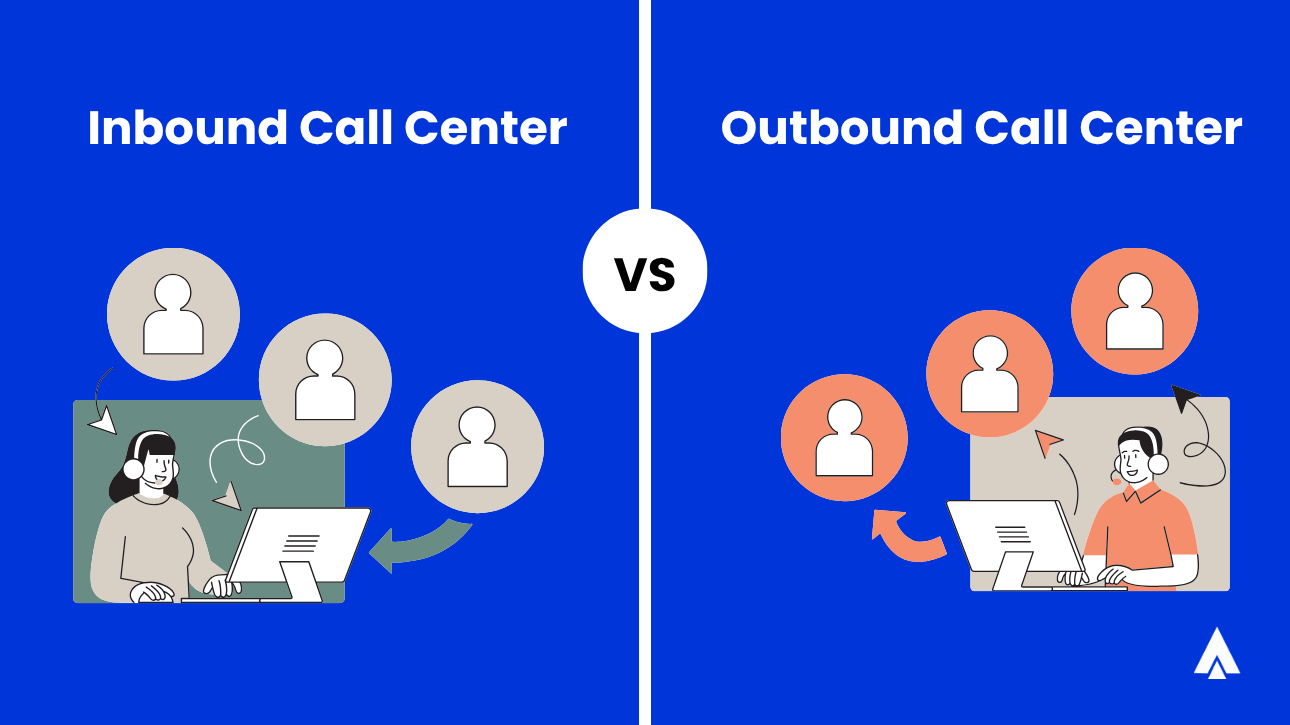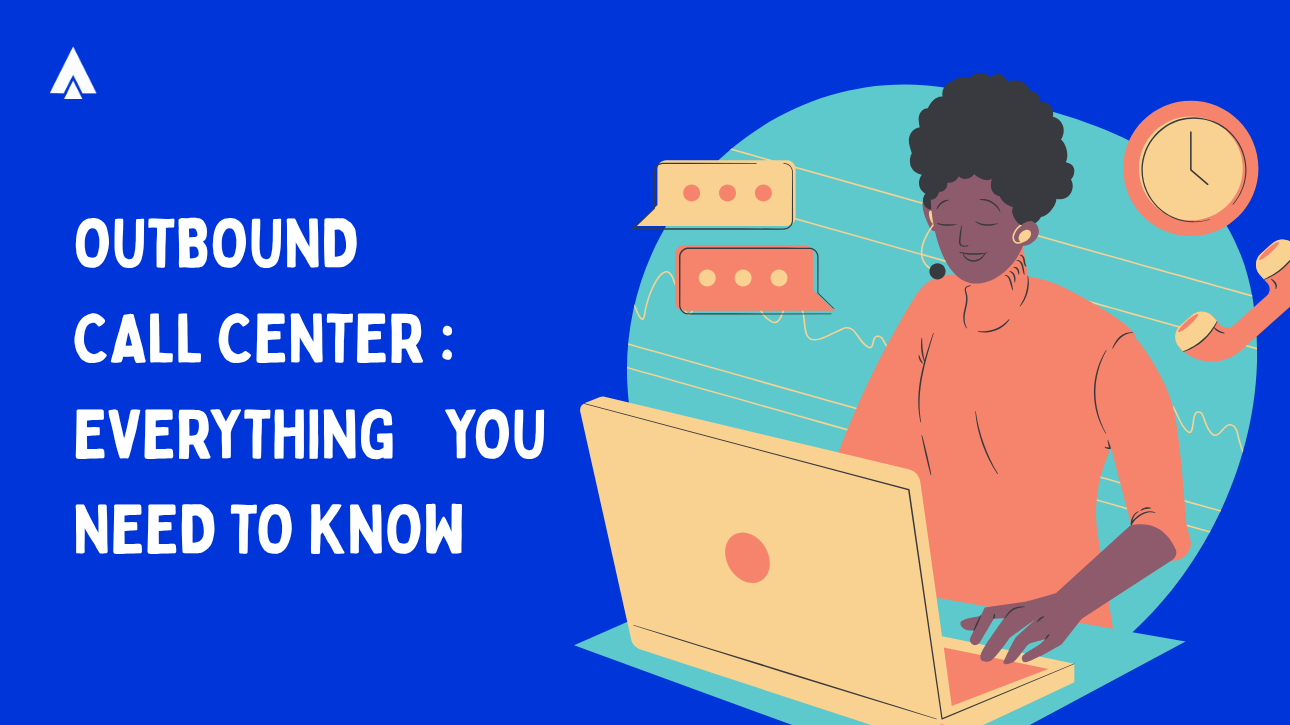As we get ready to leave behind 2020 and step into the new year, we can sit back and recap how things went—and how they’re likely to continue for at least a while in the future.
Businesses suffered, social lives went on a neverending pause––everything was shrouded in uncertainty. And this holds true for governments around the world as well. Except, they also had the mammoth task of handling the country and their citizens.
However, they kept communications going with the help of the latest cloud technologies, to prove their reliability.
In fact, the UK government signed a deal with Google that would grant the public sector discounted access to cloud services. Herein, we saw the popularity of Government as a Platform (GaaP) soar.
For instance, in October 2020, a new ‘dual-region’ UK government cloud was announced‘ with centers in London and Wales. The aim was to help organisations like the National Health Service (NHS) store and process data in a more secure manner.
Needless to say, the popularity of cloud-backed solutions is only going to soar now. So, let’s take a look at how the government adopted and further promoted cloud telephony in the year 2020.
1. Set up helplines
As all Potterheads know, Albus Dumbledore once said, “Help will always be given at Hogwarts to those who ask for it.” We’re not wizards, but we do have the right to seek help from those in charge.
One of the first plans of action undertaken by the government was to establish clear helplines. This includes the non-emergency 111 NHS number where you can call to get advice about your symptoms.
In addition, the NHS regularly posts updates and notices about government regulations and is also available as an app for wider access.
The support is not limited to treating infected individuals––it also helps people get isolation notes. A coronavirus helpline was also set up to help businesses and self-employed people with income support and job retention.
Besides a cloud-enabled free phone number (0800-024-1222), this service is also available as webchat. Here, you can talk to advisors about any tax problems arising due to COVID-19.
Additionally, people realised the dangers of a lockdown in abusive households as well as the toll it takes on mental health everywhere. Therefore, you have support lines for vulnerable groups too.
You can check out the UK supportline to get general advice about restrictions and businesses, NHS updates, and about availing support for sexual and domestic abuse victims, older people, young children, carers, differently-abled people, and much more.
For most of these helplines, you can leverage free phone numbers or vanity numbers and connect with local volunteer groups.
Cloud services make it possible for people in need to connect with the concerned authorities—at no extra cost to themselves. This ensures everyone gets the help they seek.
2. Telemedicine
The dichotomy of the situation is that as more sickness started prevailing, people seemed reluctant to go to hospitals.
Think about it. You have a terrible stomach ache that just doesn’t seem to quit. But you fear that hospitals receive so many infected patients that you may get sick by going there. So what do you do? Do you simply brave the pain and let your life and work suffer?
Not at all. Lay all your qualms to rest and simply avail telemedicine services. The government has wholeheartedly encouraged hospitals and clinics to provide their services online—via VoIP (Voice over Internet Protocol) or video calling.
Virtual consultations are not only safer, they’re extremely convenient. You don’t need to risk travelling––you can be home alone and still connect to a free cloud-calling service. The clinic can employ an auto-attendant and create a virtual waiting room, accordingly routing callers to the best-suited practicians via an IVR system.
Patients can also book appointments efficiently on the cloud and integrated tools ensure that everyone stays notified for a smooth flow.
3. Pre-call information broadcasts
Since people couldn’t freely meet others physically, it’s natural that phone usage increased. For those who aren’t in the habit of checking email or text updates regularly, it’s a great idea to play informational broadcasts when they make calls.
The idea is that when you dial someone up, before the call goes through, you hear a short recording of any important COVID-19 update. This pre-recorded message is sent as a cloud voice broadcast.
It can also be created as an outbound IVR, wherein the recording is interactive and you can feed in your answers with key inputs. Such measures allow governments to take stock of citizens’ health and needs in a simplified manner, and then do the needful.
Take this as an example: When you call up your friend, the first thing you hear is a recording that informs you of new restriction updates. Then, the voice asks you about your recent travel history. You press the relevant key and that’s it––you’re connected with your friend.
4. Contact tracing
The UK government has, for a while now, talked about its COVID-19 app. As recently as December 10, 2020, the NHS issued a privacy notice about a nation-wide rollout of the app.
With this service in place, it is expected that people can manage exposure by informing the most at-risk groups. Furthermore, with appropriate alerts, it allows you to take action in a timely manner.
So, if you came in contact with a person who tested positive, or if the risk status of your locality changes—you’ll get notified immediately. If you test positive, the app will request permission to make your code available to users which will then alert people who came near you in the possible contamination period.
The data collected will also help the authorities plan and execute COVID-19 management strategies better.
With cloud services, the process of contact tracing becomes all the more streamlined and smoother. You can receive broadcasts about updates, have tests scheduled quickly with a free call, and update your status even in a remote quarantine.
5. Emergency calling on the cloud
If ever we needed accessible emergency services, it’s now. That’s just what the cloud offers you—increased accessibility. If one is in an area with weak signal bars or doesn’t have the balance to make calls, they should not be excluded from receiving essential services.
Therefore, you have an emergency calling that is free and always available. Ofcom regulations make it compulsory for VoIP providers to allow emergency calls. So, if you’re stuck with only your office softphone and need to make a 999 call, you can absolutely do it via your computer—or any device you have at hand.
6. Informational campaigns
In a time of rampant uncertainty, it’s the government’s job to inform, educate, and support its citizens. Informational campaigns are vital to curbing panic and promoting healthy practices.
The NHS has come up with GOV.UK Notify, a cloud-based API that can be integrated with web applications or back-office systems. It allows authorities to send emails, texts, and letters to the users by sending an HTTP request to a cloud phone system providers.
This means, important information from the central government, local authorities, as well as the NHS can be relayed to citizens on the most widely used platform—their SMS inbox.
What’s next?
Clearly, 2020 has been a breakout year for the relationship between government bodies and cloud communications. Even though a digital transformation was on the rise, it was magnified manifold by the COVID-19 crisis.
All these changes we witnessed are here to stay. With people slowly realising all the benefits, we can expect 2021 to be a year of continued technological growth.
Important services like transactions are increasingly becoming online and cashless, educators are moving to e-learning, and businesses are undergoing a digital transformation. Cloud contact center service and unified communications are the norms now—not the exception.
Perhaps in the future, we can even minimise dreary public office queues and procedures, and take these conversations to the cloud.
As you can tell, there is a lot of scope for the field of cloud telephony in every sector worldwide. Whether you’re a startup or an established corporation, there’s something for everyone.
Get on-call with our cloud experts at 1888-859-0450 or drop an email at [email protected] to get started today!














